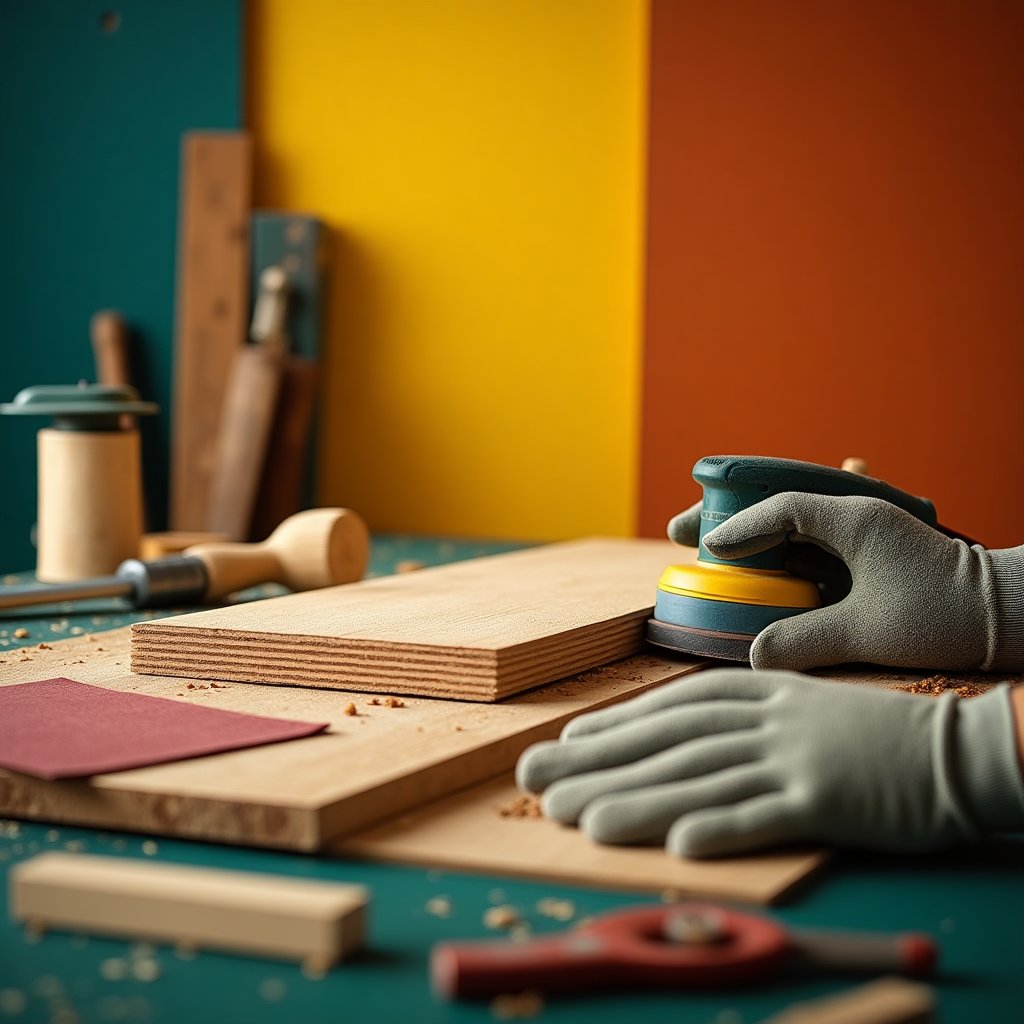Is woodworking hard on your body? The short answer is yes, but it doesn’t have to be. Woodworking, especially when using heavy machinery, can be physically demanding. From repetitive motions to lifting heavy materials, your body can take a beating if you’re not careful. But with the right techniques, tools, and mindset, you can turn your woodworking passion into a sustainable and even health-boosting activity. Let’s dive into the nitty-gritty of how woodworking affects your body and how you can mitigate the risks while maximizing the joy of creating.
The Physical Toll of Woodworking
Woodworking isn’t just about crafting beautiful pieces of furniture or intricate wooden art—it’s also about your body. Think of it as a marathon, not a sprint. The repetitive motions of sawing, sanding, and hammering can strain your muscles and joints. And let’s not forget the heavy lifting. A sheet of plywood can weigh upwards of 100 pounds, and maneuvering it through a table saw is no joke. Your back, shoulders, and arms are the unsung heroes of your woodworking projects, but they’re also the most vulnerable.
Repetitive Strain Injuries (RSIs)
One of the most common issues woodworkers face is repetitive strain injuries (RSIs). These can affect your wrists, elbows, and shoulders. Ever heard of carpal tunnel syndrome? It’s a specific type of RSI that can develop from prolonged, repetitive motions like sanding or using a saw. The key to avoiding RSIs is to take regular breaks, stretch, and use ergonomic tools. Consider investing in a Dewalt DWE7491RS Table Saw which is designed with ergonomics in mind.
Heavy Lifting and Back Pain
Lifting heavy materials is another major concern. A single sheet of plywood can weigh as much as a small person, and lifting it incorrectly can lead to serious back injuries. Always remember to lift with your legs, not your back. Use machinery like a Shop Fox W1837 Mobile Base to move heavy materials around without straining your body.
Vibration and Hand-Arm Vibration Syndrome (HAVS)
Using power tools like sanders and saws can expose your hands and arms to prolonged vibration. This can lead to Hand-Arm Vibration Syndrome (HAVS), a condition that causes numbness, tingling, and loss of strength in your hands. To reduce the risk, use anti-vibration gloves and take frequent breaks. Also, consider tools with built-in vibration dampening features, like the Bosch ROS20VSC Random Orbit Sander.
How to Protect Your Body While Woodworking
Now that we’ve covered the potential hazards, let’s talk about how to protect your body. Woodworking doesn’t have to be a pain—literally. With a few simple adjustments, you can keep your body healthy and your projects on track.
Ergonomics
Ergonomics is your best friend in the workshop. Make sure your workbench is at a comfortable height to avoid straining your back. Use tools that are designed to reduce strain, like the Ergodyne Gloves, which provide extra grip and reduce hand fatigue.
Proper Lifting Techniques
When lifting heavy materials, always bend at the knees and keep your back straight. Use a dolly or a cart to move heavy items around the workshop. Your back will thank you. Consider using a Hand Truck with Stair Climber Wheels for easier maneuverability.
Regular Breaks and Stretching
Taking regular breaks is crucial. Stretch your muscles before and after working to prevent stiffness and injury. Simple stretches for your wrists, arms, and back can make a world of difference. Here’s a quick stretching routine:
- Wrist stretches: Extend your arm and gently pull back on your fingers.
- Shoulder rolls: Roll your shoulders forward and backward in a circular motion.
- Back stretches: Stand up straight and gently twist your torso from side to side.
The Psychological Rewards of Woodworking
While the physical demands of woodworking are real, the psychological rewards are equally significant. There’s something incredibly satisfying about creating something with your own hands. The sense of accomplishment, the joy of seeing a project come to life—it’s pure magic. Woodworking can be a form of meditation, allowing you to focus on the task at hand and forget about the stresses of daily life.
Mindfulness and Focus
Woodworking requires focus and attention to detail, which can be incredibly grounding. It’s a chance to be present in the moment, to lose yourself in the rhythm of sawing, sanding, and assembling. This mindfulness can have a positive impact on your mental health, reducing stress and anxiety.
Creativity and Problem-Solving
Every woodworking project is a puzzle to be solved. From choosing the right materials to figuring out the best way to assemble a piece, woodworking challenges your brain in new and exciting ways. It’s a chance to flex your creative muscles and come up with innovative solutions to design challenges. For those looking to dive deeper into woodworking plans and projects, check out Teds Woodworking Plans for a comprehensive guide.
The Bigger Picture: Woodworking as a Lifestyle
Woodworking isn’t just a hobby—it’s a lifestyle. It’s about more than just creating beautiful pieces of furniture; it’s about the journey, the process, and the lessons learned along the way. It’s about pushing your limits, testing your skills, and constantly improving. And most importantly, it’s about taking care of your body and mind so you can continue to create for years to come.
Community and Connection
Woodworking also offers a sense of community. Whether it’s sharing tips and tricks with fellow woodworkers or showcasing your
Wait! There's more...check out our gripping short story that continues the journey: Mystical Adventure: The Carpenter of Ithara
Disclaimer: This article may contain affiliate links. If you click on these links and make a purchase, we may receive a commission at no additional cost to you. Our recommendations and reviews are always independent and objective, aiming to provide you with the best information and resources.
Get Exclusive Stories, Photos, Art & Offers - Subscribe Today!

























Post Comment
You must be logged in to post a comment.